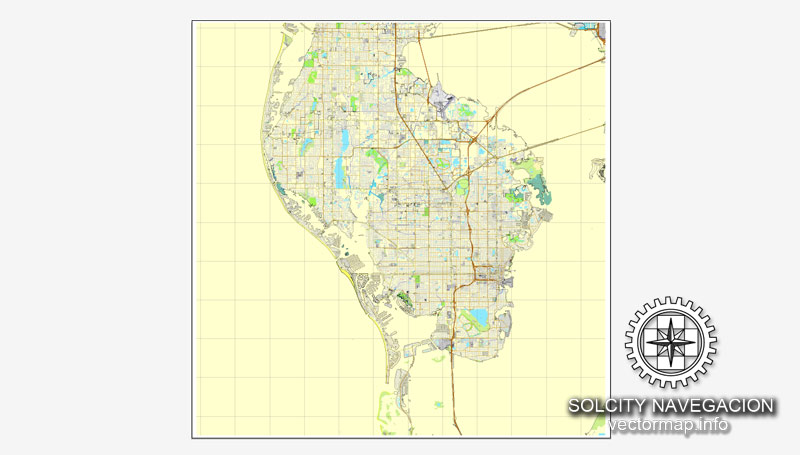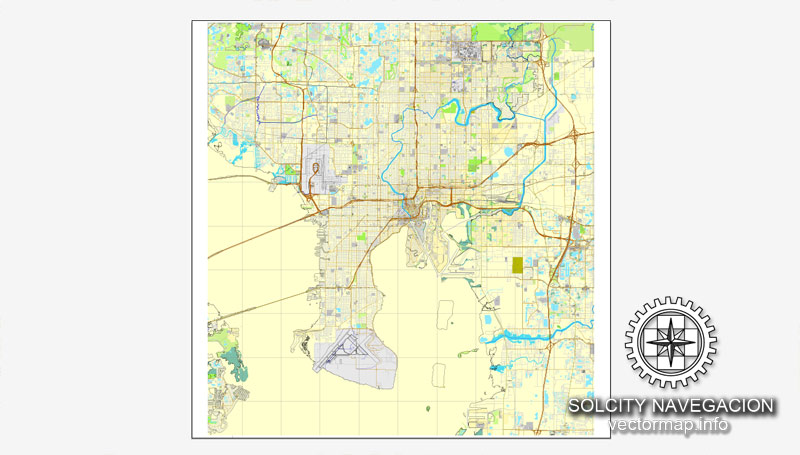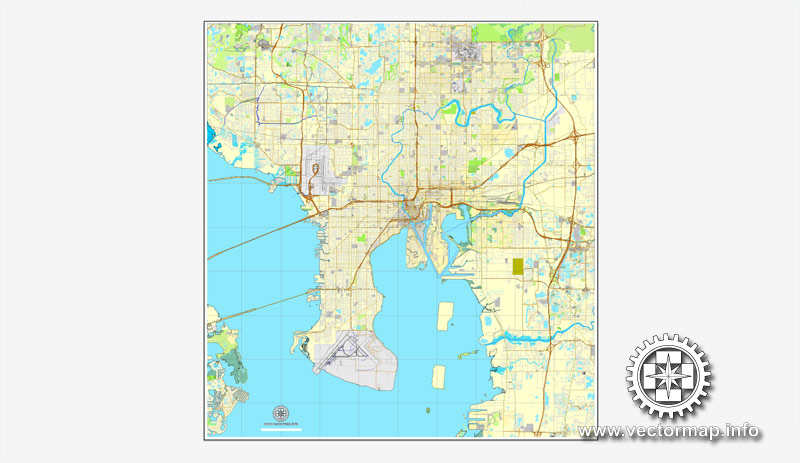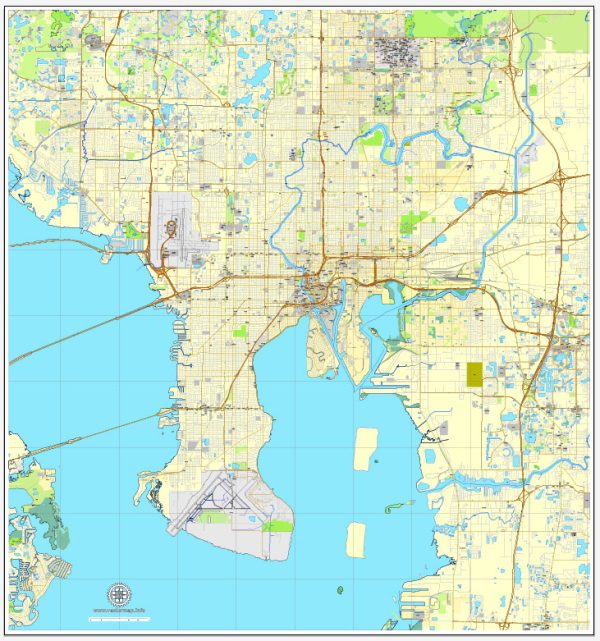Tampa, Florida’s urban development is a fascinating journey that spans centuries, reflecting a mix of historical events, economic shifts, and population growth. Here’s an overview of key periods in Tampa’s urban development:
- Early Settlement and Fort Brooke (1824-1860s): Tampa was established as a military outpost in 1824, and Fort Brooke played a crucial role in protecting settlers during the Seminole Wars. The military presence influenced early urban development, with the establishment of small businesses to cater to soldiers’ needs.
- Cigar Industry Boom and Ybor City (1880s-1910s): The late 19th century marked a significant period of growth with the cigar industry boom. Vicente Martinez Ybor chose Tampa as the location for his cigar factories, leading to the development of Ybor City. This historic neighborhood became a melting pot of Cuban, Spanish, and Italian immigrants, contributing to the city’s cultural and economic richness.
- Railroads and Economic Expansion (late 19th to early 20th century): The arrival of railroads enhanced Tampa’s connectivity and facilitated the transportation of goods, boosting economic expansion. The cigar industry, along with the shipping of phosphate mined in the region, played pivotal roles in Tampa’s economic development.
- Post-World War II Growth and Suburbanization (1940s-1960s): Tampa experienced substantial growth after World War II, fueled by the establishment of MacDill Air Force Base and a booming economy. Suburbanization became a trend, with people moving to the outskirts, and the development of suburban communities accelerated.
- Port of Tampa Expansion (20th century): Tampa’s strategic location along the Gulf of Mexico contributed to the expansion of the Port of Tampa, which became a vital economic hub for shipping and trade.
- Downtown Redevelopment (late 20th century-present): Efforts to revitalize downtown Tampa gained momentum in the late 20th century. Projects like the Tampa Riverwalk, the Tampa Convention Center, and the redevelopment of Channelside Bay Plaza aimed to enhance the city’s urban core.
- Economic Diversification and Modern Urban Development (late 20th century-present): Tampa has diversified its economy beyond traditional industries. The city has seen growth in sectors such as finance, healthcare, and technology. The establishment of corporate headquarters and the development of modern business districts contribute to Tampa’s contemporary urban landscape.
- Infrastructure and Transportation: Investments in infrastructure, including the construction of major highways such as Interstate 275 and the Lee Roy Selmon Expressway, have shaped the city’s transportation network and accessibility.
- Cultural and Educational Institutions: Tampa’s urban development is complemented by the growth of cultural and educational institutions, such as the University of South Florida (USF) and the Tampa Museum of Art, contributing to the city’s cultural vibrancy.
Tampa’s urban development is a testament to its resilience, adaptability, and strategic importance in the region. The city continues to evolve, balancing its rich historical legacy with modern aspirations for sustainability and economic diversity.





 Author: Kirill Shrayber, Ph.D.
Author: Kirill Shrayber, Ph.D.